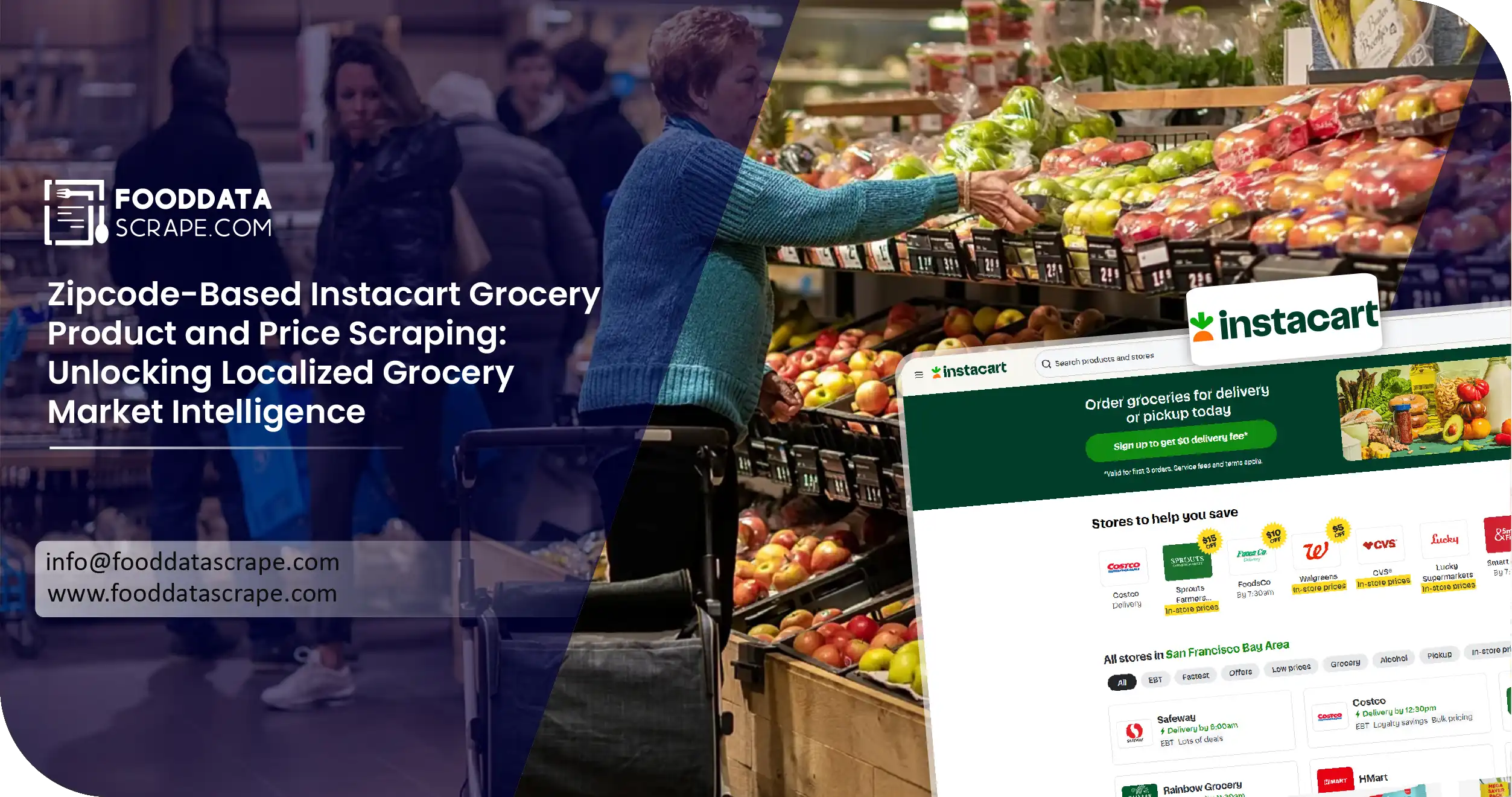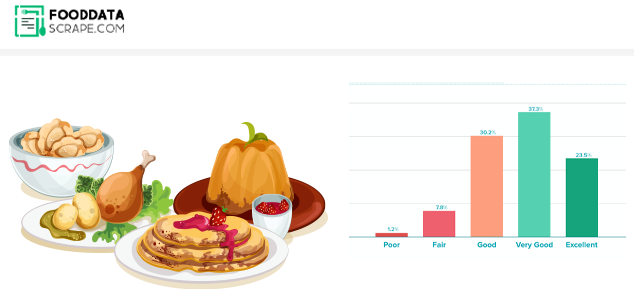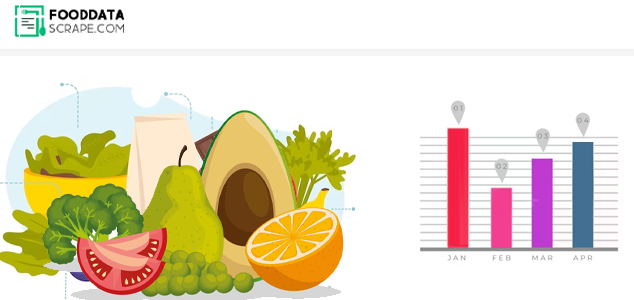The Client
The client, a U.S.-based data analytics company specializing in grocery retail insights, wanted to analyze regional grocery pricing and availability across multiple Instacart zones. By leveraging Instacart Grocery Product Data Extraction by Location, they gained precise datasets containing store details, product listings, and localized pricing patterns. With the help of our tools to Scrape Instacart Grocery Items and Prices by Zipcode solution, they automated data collection from various store profiles, capturing essential information such as stock status, categories, and nutritional details. Additionally, our Instacart Grocery Delivery Scraping API enabled real-time synchronization of product updates, ensuring accurate, up-to-date datasets. This allowed the client to monitor market fluctuations, identify high-demand grocery segments, and provide detailed regional analytics for delivery optimization and pricing strategy formulation across multiple zipcodes and nearby delivery zones.
Key Challenges
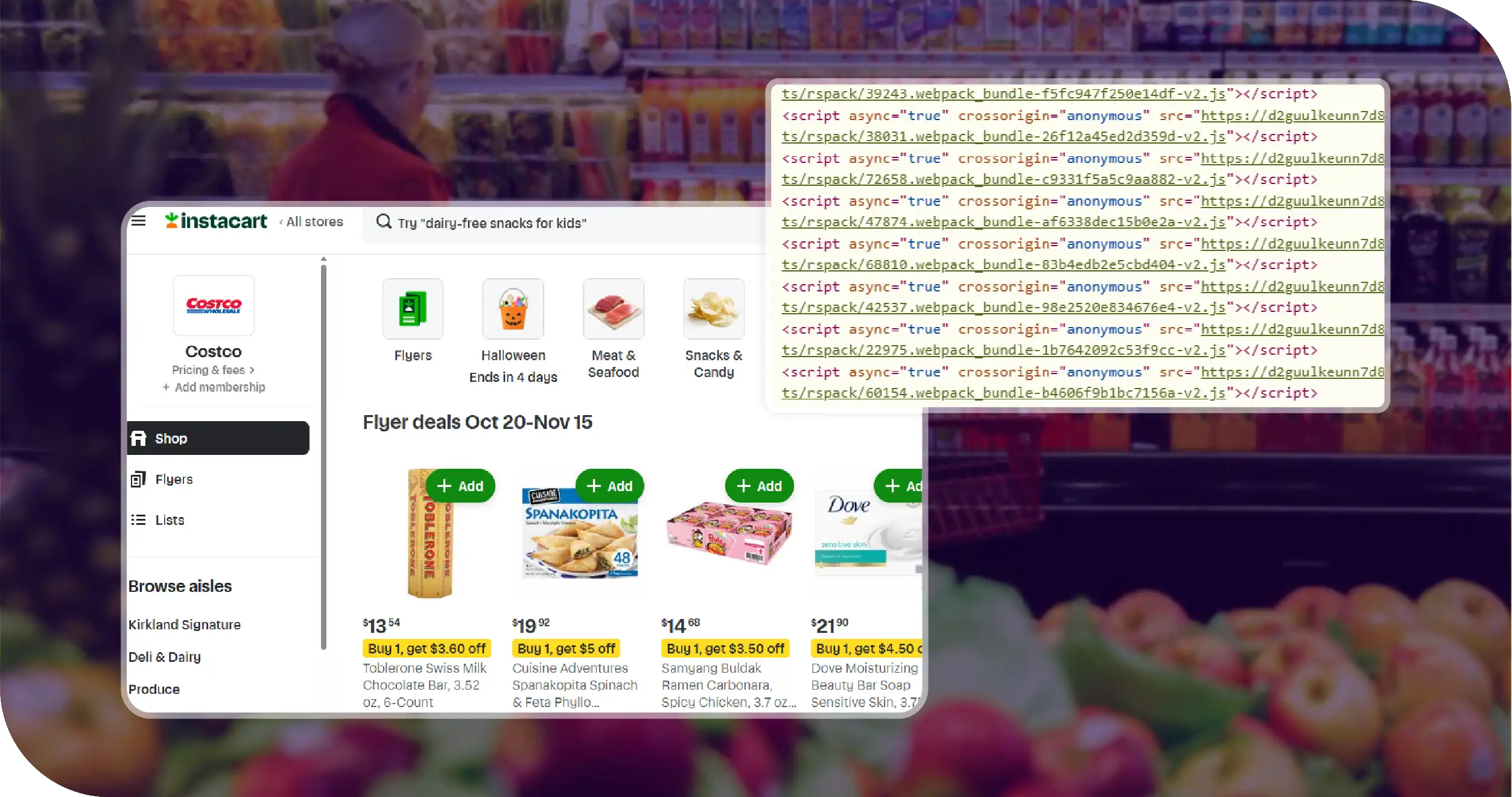
- Inconsistent Store-Level Data: The client faced challenges in compiling a complete Grocery Delivery Dataset from Instacart, as store listings and product details varied across locations, causing data fragmentation and inconsistent category mapping for analysis.
- Limited Access to Real-Time Updates: Without advanced Instacart Grocery Data Scraping tools, the client struggled to track frequent price changes, stock fluctuations, and limited-time promotions that affected accurate regional comparisons and forecasting accuracy.
- Manual Data Collection Limitations: Relying on manual methods before adopting Grocery App Data Scraping services was inefficient and time-consuming, hindering scalability and delaying insights needed for timely delivery optimization and market trend analysis.
Key Solutions
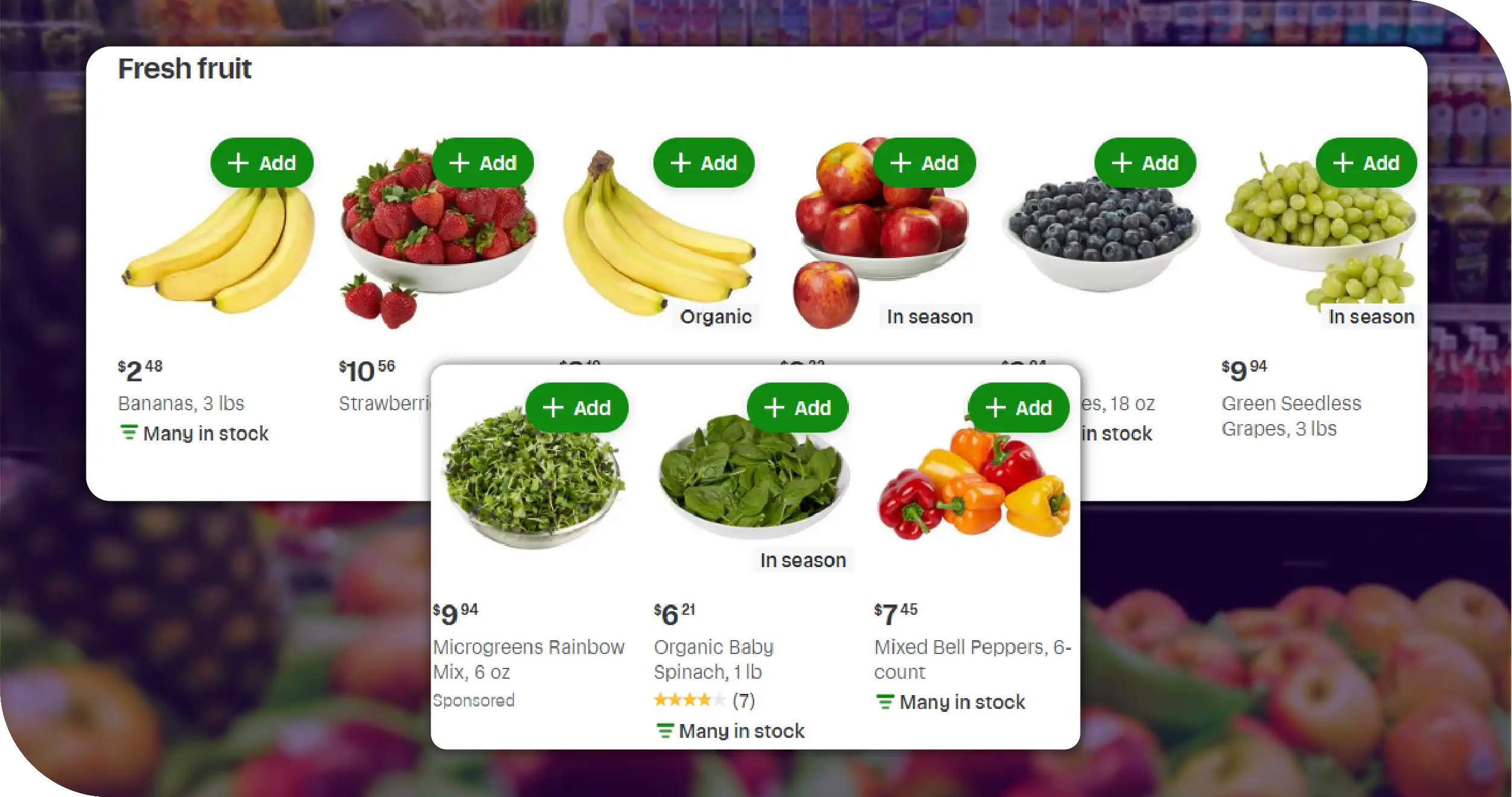
- Dynamic Zipcode-Based Data Extraction: Through our Grocery Delivery Scraping API Services, we built a location-intelligent scraper capable of identifying and extracting grocery data within defined zipcode ranges, ensuring precise, region-specific insights for each Instacart store.
- Intelligent Pricing Visualization: We deployed a custom Grocery Price Dashboard that transformed raw Instacart data into actionable analytics, helping the client detect price variations, promotional campaigns, and regional demand shifts across multiple grocery categories.
- Predictive Trend Monitoring: Our advanced Grocery Price Tracking Dashboard incorporated machine learning algorithms to forecast price fluctuations and stock changes, enabling proactive decision-making for pricing strategies, product placement, and localized marketing initiatives.
Methodologies Used
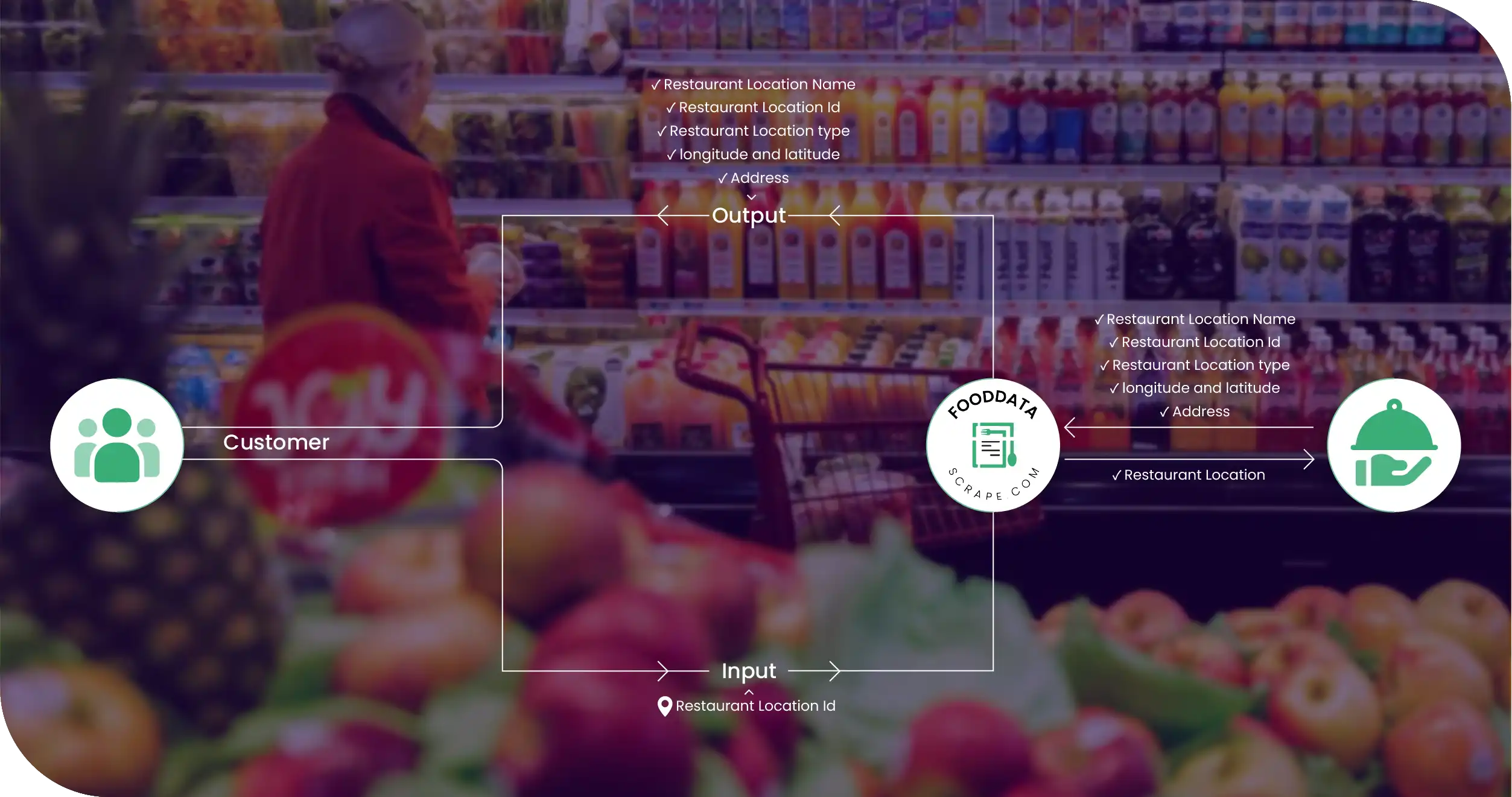
- Structured Data Extraction: We designed automated pipelines to capture detailed product information—such as prices, categories, and stock—from multiple store listings with precision and consistency.
- Geo-Based Data Segmentation: Data was organized based on zipcodes and surrounding mile ranges, enabling localized analysis of store performance and regional grocery trends.
- Machine Learning Integration: Predictive algorithms were applied to detect pricing anomalies, identify seasonal demand patterns, and forecast product availability across different Instacart locations.
- Data Cleaning and Normalization: Comprehensive validation processes ensured that duplicate entries, incomplete listings, and inconsistent product names were corrected for clean, analytics-ready datasets.
- Visualization and Reporting: We developed intuitive dashboards and reports that translated complex data into actionable insights, empowering the client to make data-driven, strategic decisions effectively.
Advantages of Collecting Data Using Food Data Scrape
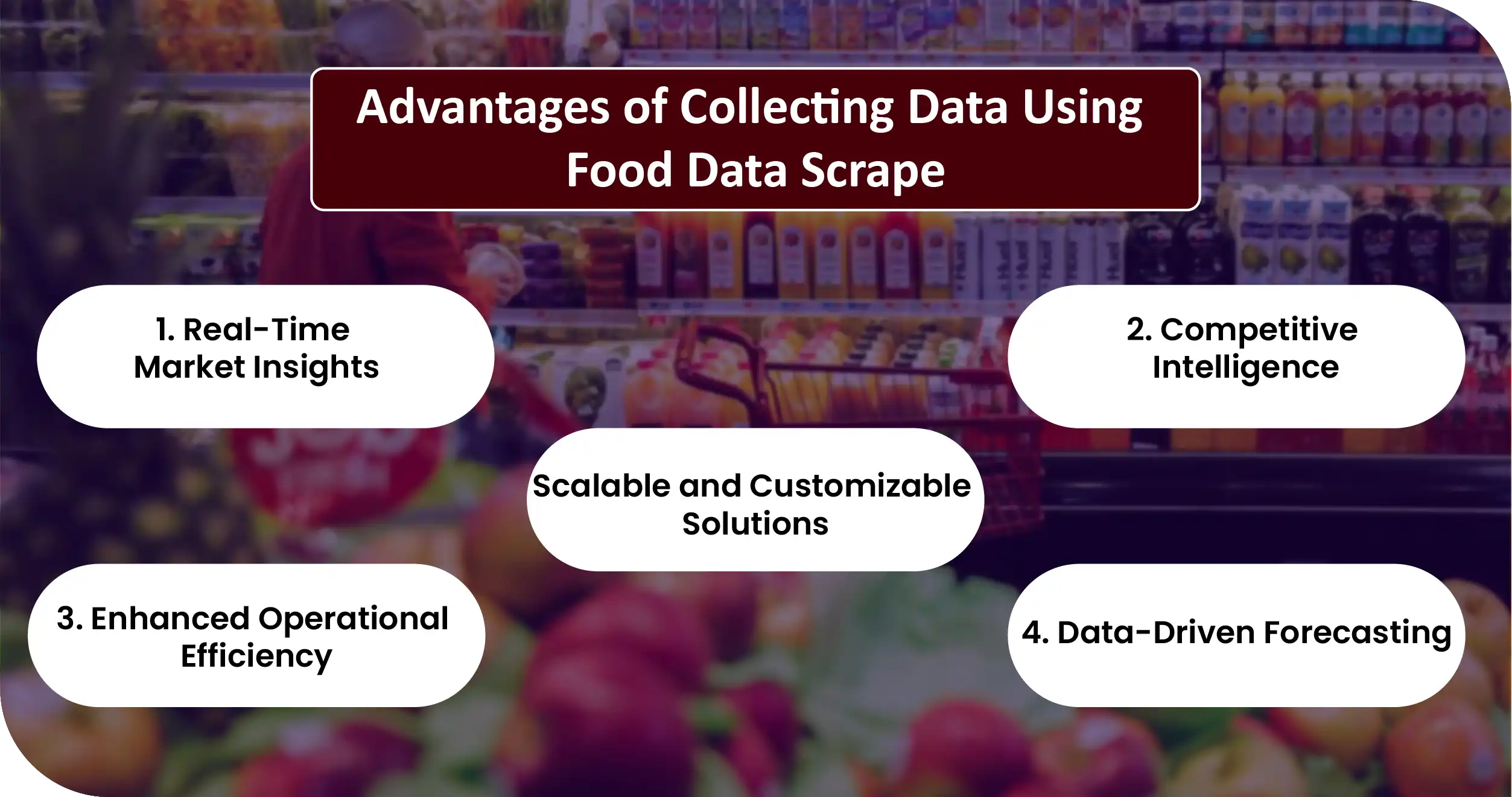
- Real-Time Market Insights: Our grocery data scraping services provide up-to-date visibility into product pricing, stock availability, and promotional changes, enabling faster and smarter business decisions.
- Competitive Intelligence: Clients gain a strategic edge by continuously monitoring competitors’ offerings, identifying market gaps, and responding quickly to dynamic grocery retail trends.
- Enhanced Operational Efficiency: Automation eliminates manual data collection, reducing human error and significantly saving time, allowing teams to focus on analytics and strategic planning.
- Data-Driven Forecasting: Comprehensive datasets support accurate demand forecasting, helping clients anticipate consumer behavior, manage inventory, and optimize pricing strategies across multiple regions.
- Scalable and Customizable Solutions: Our flexible scraping infrastructure adapts to any scale—whether tracking a few stores or nationwide chains—ensuring tailored data collection that aligns with client objectives.
Client’s Testimonial
“Our partnership completely redefined how we approach grocery market analysis. The team’s precision-driven data scraping framework allowed us to capture location-based grocery data from Instacart with exceptional accuracy and speed. The insights we gained from the automated extraction and visualization tools transformed our ability to track price changes, stock variations, and regional availability in real time. What truly stood out was their adaptability — customizing the solution exactly to our needs. Their expertise helped us streamline operations, improve forecasting accuracy, and strengthen our competitive positioning across multiple U.S. markets.”
Senior Data Operations Manager
Final Outcome
The project delivered a comprehensive, automated grocery intelligence system powered by advanced Grocery Pricing Data Intelligence frameworks for zipcode-level market insights. The client successfully mapped Instacart stores within specific regions, tracked real-time product availability, and compared prices across multiple categories. The integration of structured Grocery Store Datasets improved analytics accuracy while reducing manual effort by over 70%. Interactive dashboards enabled seamless visualization of regional grocery pricing trends, helping the client refine promotional strategies, optimize inventory, and strengthen delivery coverage. This data-driven approach empowered smarter business decisions and ensured a sustained competitive advantage in the U.S. grocery delivery market.






















































































